Awakening in Balakot
The sun was already high in the sky when we slowly emerged from the cocoon of sleep, stretching after a long, exhausting ride the night before. We had reached Balakot around 10 pm, and by the time we checked into our hotel, unpacked, and settled, it was almost midnight. The quiet streets outside contrasted sharply with the chaos of Islamabad and Abbottabad we had left behind.
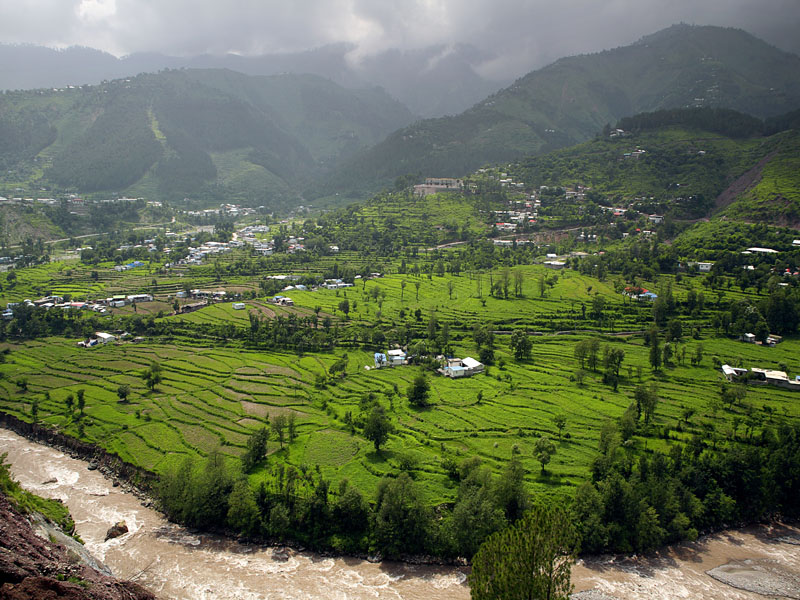
The ride yesterday had been long, tiring, and full of unpredictable challenges. Sleep had been deep, but the morning sun reminded us that today, the adventure was far from over. It was a bit later than usual before we finally got up, not from laziness, but sheer fatigue. Covering significant distances in mountainous terrain is different from city riding—the curves, the uphill climbs, the shifting gravel, and narrow lanes test both endurance and patience.
As we prepared ourselves for the day ahead, the excitement of being away from traffic, congestion, and city noise filled the air. Today’s goal was Sharam Forest, one of the most beautiful forests in Pakistan, situated on the Balakot–Naran route. After a hearty breakfast, we planned to head towards Paras, where the off-road section begins—a track that promised adventure, challenge, and solitude.
Breakfast and Morning Rituals
Before venturing into the forest, we needed to fuel ourselves. Breakfast was a comforting affair—a buffet spread designed to satisfy both the weary traveler and the early riser. Potato-chickpea curry, another potato dish whose name we weren’t sure of, half-fried eggs, fresh bread, and piping hot tea made for a hearty yet light breakfast. Ali had opted for bread, while I chose to keep it traditional with curry and eggs.
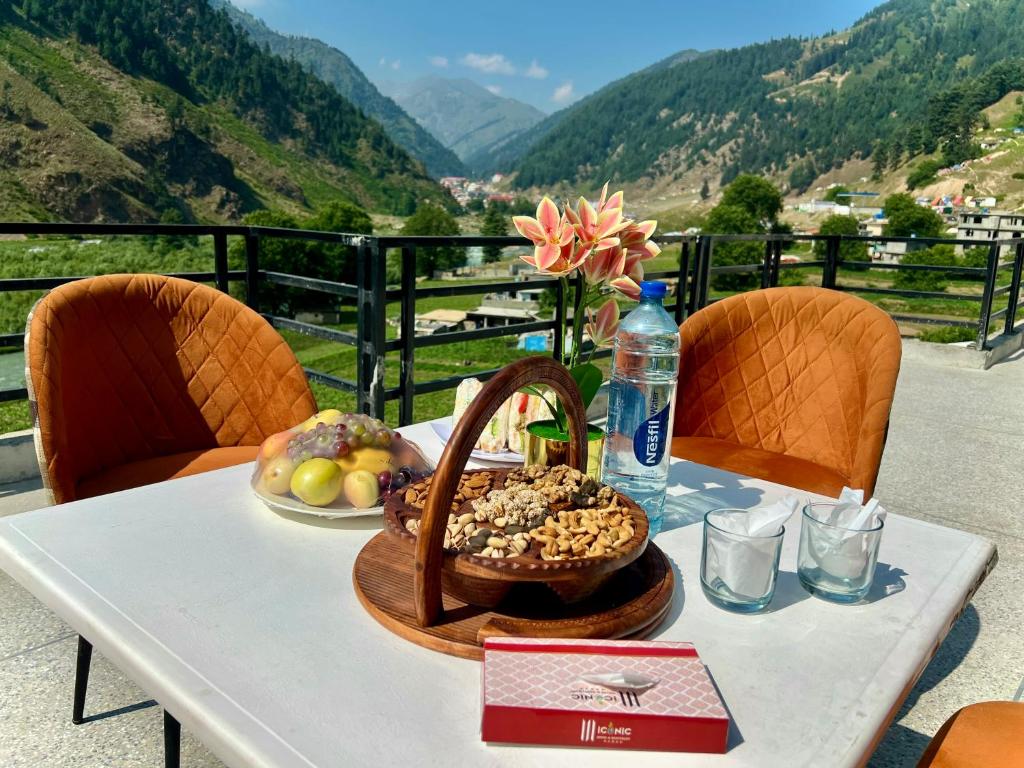
Bismillah. In the name of Allah, we prayed for a safe journey, asking for guidance, protection, and a memorable day ahead. There’s something special about these moments—the quiet reflection before the adventure begins, the anticipation mixed with gratitude.
The weather in Balakot was already showing its character. Last night, it had rained heavily, soaking the surrounding landscape, but now, sunlight pierced through the clouds, turning the wet surfaces into shimmering mosaics of gold and green. It was hot under the sun, yet not uncomfortable, a typical Balakot morning where weather shifts unpredictably with altitude and cloud cover.
Leaving the Town Behind
Once breakfast was done, we mounted our motorcycles and left New Balakot behind. This part of the town, crowded with hotels, restaurants, and resorts, serves as a hub for tourists visiting the north. Places like Butt Karahi and a myriad of small eateries now line the main roads, offering comfort and sustenance to travelers. Yet, just a few years ago, such facilities were scarce. Tourism here has boomed, particularly during peak season, which lasts three to four months. During these months, the town vibrates with life, visitors flowing in from across Pakistan and beyond.
The ride from the town to the start of the off-road section was smooth, a pleasant contrast to the challenging trail that awaited. As we turned onto the path leading to Sharam Forest, the air grew cooler, and the scent of wet earth and pine filled our lungs.
Into the Off-Road Section
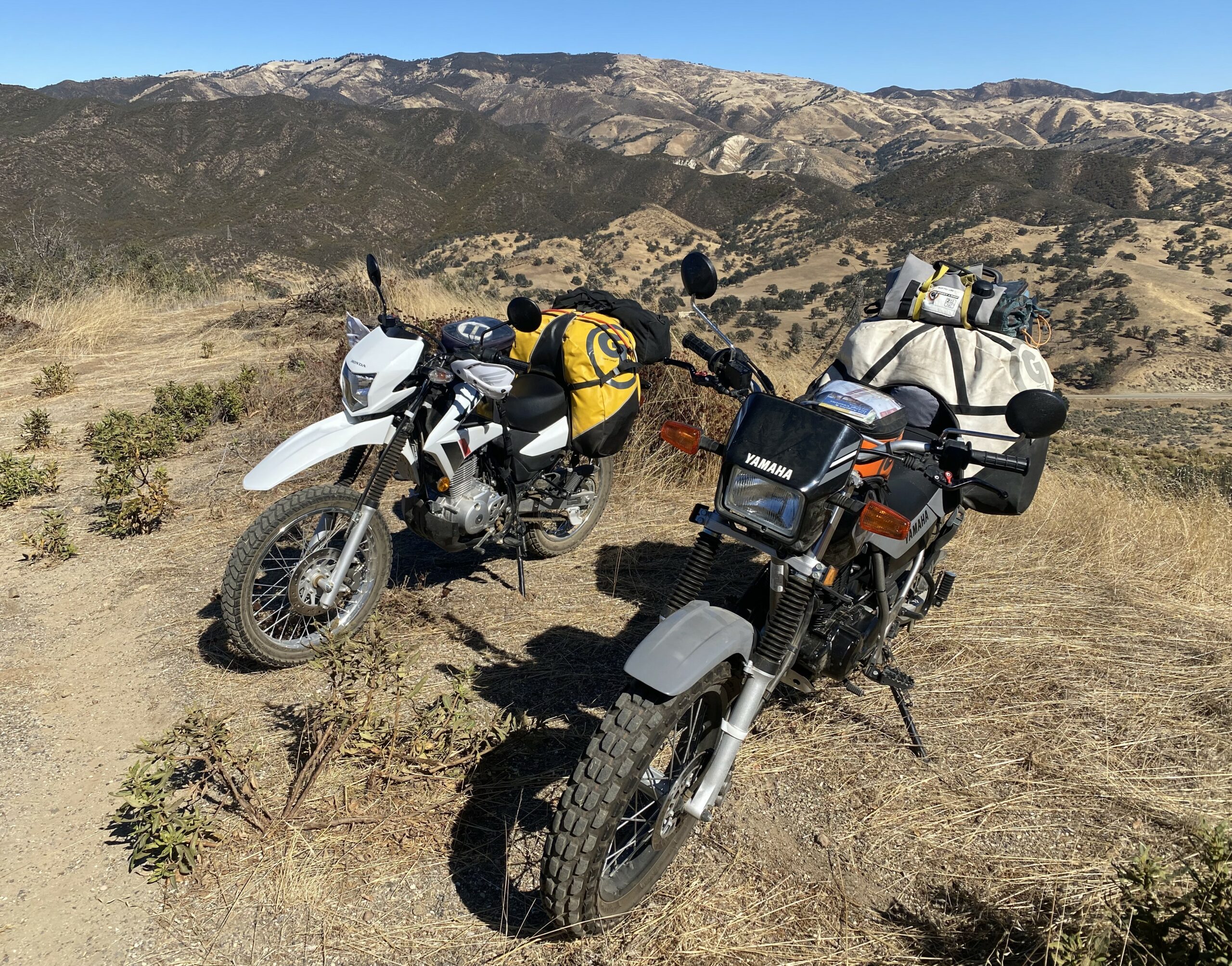
Ali had briefed me about the tracks on either side, cautioning that the one we chose was better, though still tough. Many had warned me about this road, noting that it is mainly traversed by jeeps, making motorcycles an unusual choice. My heart beat a little faster, part excitement, part anxiety. Off-road riding demands focus, skill, and patience—qualities tested immediately as we ascended into the forest.
The first challenge came quickly. Gravel, loose rocks, and steep inclines demanded full concentration. The stunning scenery on our right offered a glimpse of a river far below, its gentle roar blending with the wind through the trees. Suddenly, a worrying sound from my motorcycle reminded me that off-road adventure carries its share of mishaps. My bag had slipped backward, brushing against the rear wheel. The spare bungee cords were quickly employed to secure it, and I checked the contents carefully. Fortunately, nothing was damaged, but the registration plate had cracked—a minor price for this wild, untamed road.
Navigating the Villages
As we left the smooth main road behind and ventured deeper into the off-road section, the scenery began to change dramatically. The forest thickened, the air grew cooler, and the scent of wet earth mingled with the crisp aroma of pine. But one of the most captivating aspects of this ride was the villages scattered along the track. Each was small, humble, and entirely authentic, offering glimpses of life that few tourists ever witness.
The first village we encountered was just a cluster of houses perched on the hillside. Children played near the edges of the mud paths, their laughter echoing faintly over the sound of our motorcycles. A few women waved from doorways, carrying water from nearby springs or tending to small gardens of potatoes, corn, and seasonal vegetables. The simplicity of their daily routine stood in stark contrast to the bustling towns we had left behind.
Meeting the Locals
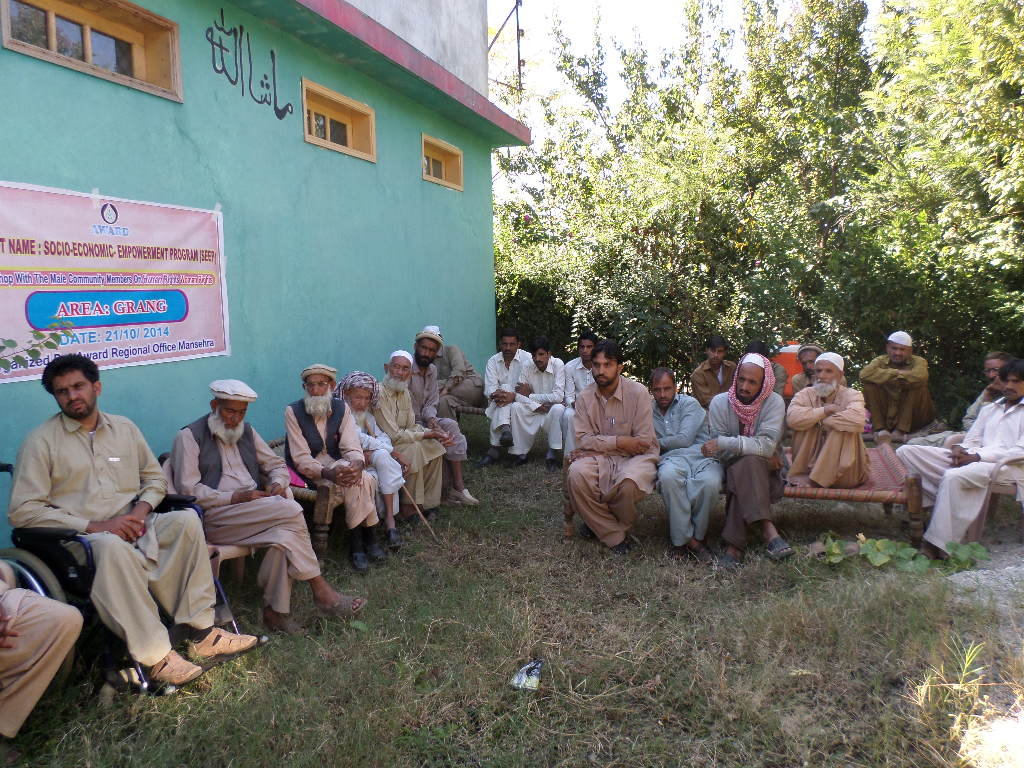
At one point, we stopped to assess a particularly steep section of the trail. As I dismounted, a young man approached us with a broad smile.
“Assalam Alekum,” I greeted.
“Wa Alekum Salam,” he replied warmly. “How are you?”
He introduced himself as Zain Shah and pointed to his sister, Halima Bibi, who stood shyly beside him. Their village, Bella Sacha, was a small but vibrant community tucked into the forested hills.
“Do you live here?” I asked.
“Yes,” Zain replied. “It’s peaceful, but not many people visit.”
Their friendliness reminded me why travel in northern Pakistan is so rewarding. Beyond the landscapes, beyond the waterfalls and forests, it’s the people who make the journey unforgettable. They were genuinely curious about our motorcycles, our gear, and our plans. We explained our route and shared stories from our travels in Pakistan and India. In return, they spoke about their daily lives, the challenges of living in such remote areas, and the pride they took in their heritage.
Riding Through Challenging Terrain
The villages weren’t just charming—they also marked the true test of the ride. Narrow paths wound between houses, often leaving only a few feet for a motorcycle to pass. Loose gravel, hidden puddles, and unexpected curves required constant attention. Even minor mistakes could result in a slip or scratch, as I discovered when my bag brushed against the rear wheel.
Ali, ever the skilled rider, navigated these paths with ease, calling out warnings about slippery spots or sharp edges. “Watch this curve,” he would say. “There’s a drop on the other side.” His experience in these northern terrains was invaluable, especially for me riding a loaded motorcycle for the first time on such challenging trails.
Despite the difficulty, the villages added a human element to the adventure. The sight of smoke curling from chimneys, the aroma of freshly baked bread, and the clatter of goats in the yards created a sense of continuity between the natural beauty of the forest and the simple lives of its inhabitants.
Observing Village Life
We passed one village where women were engaged in laundry, spreading clothes along the riverbank to dry. Children ran barefoot through mud lanes, their energy infectious. In another, men were plowing fields with oxen, demonstrating farming techniques passed down for generations.
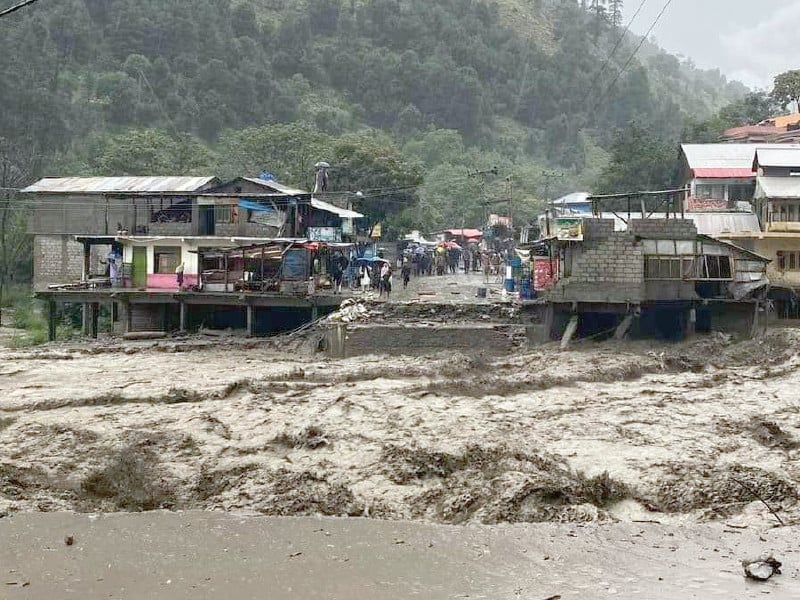
It became clear that these villages were not just waypoints for tourists—they were living, breathing communities with deep connections to the land. The off-road route revealed not only the beauty of Sharam Forest but also the resilience, resourcefulness, and warmth of its people.
The Challenges and Rewards
Every turn in the village presented both a challenge and a reward. The steep inclines tested our skill, while the vistas from small clearings offered breathtaking views of rivers, forests, and distant mountains. A particularly tricky section forced us to dismount, push our motorcycles up a gravel slope, and regroup. Fatigue set in, but so did a sense of achievement.
The villages were reminders that travel is not always about speed or efficiency. Sometimes it’s about slowing down, observing, and interacting. It’s about connecting with people, understanding their daily lives, and appreciating the simplicity and authenticity that modern cities often lack.
Reflections on the Villages
By the time we exited the last village before Sharam Forest, I felt a renewed sense of respect for the communities we had encountered. Their resilience, hospitality, and integration with nature were humbling. Each village added a unique texture to our journey, blending human stories with the natural splendor of the northern mountains.
Ali and I exchanged glances, silently acknowledging that these encounters were as valuable as the forests, rivers, and waterfalls we were about to explore. In the north of Pakistan, it’s often the people who make the landscape unforgettable, adding warmth, humor, and humanity to every twist in the trail.
A Pause at Chinar Resort
After navigating this treacherous path for some time, we decided to take a short break at Chinar Resort. Discovered purely by chance, this resort offered a serene location amidst the trees, with views of glamping pods scattered across the landscape. It was an ideal spot for families, though motorcyclists like us faced the thrill of the off-road approach. We ordered club sandwiches, fries, and hot tea—a modest meal that felt luxurious against the backdrop of the forest.
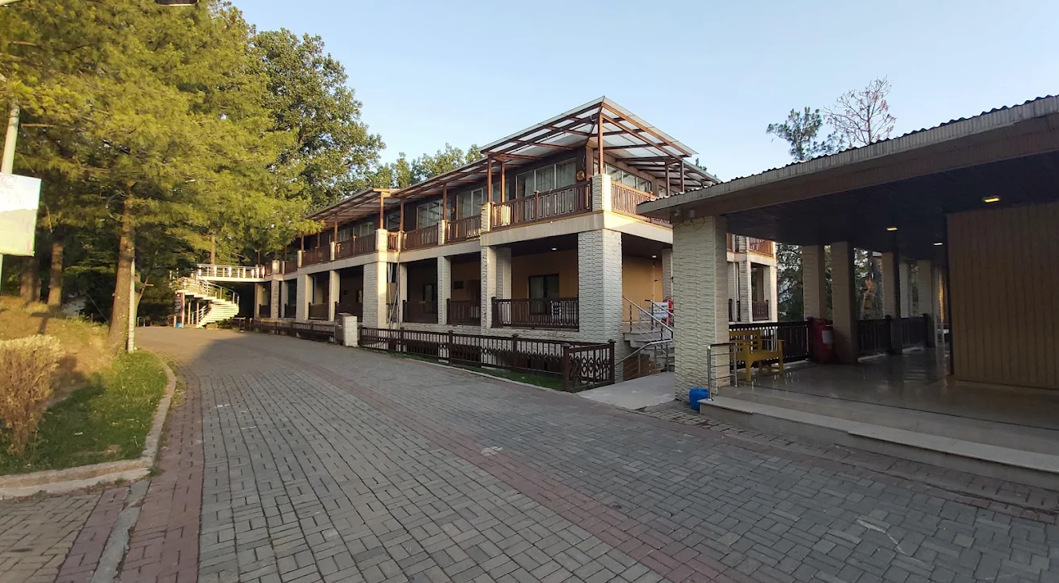
The cost was reasonable, around PKR 2000, but the real value was the experience—the peace, the shade of towering trees, and the gentle hum of forest life. Ali and I sat quietly, watching low clouds drift through the canopy, occasionally broken by shafts of sunlight. From here, the remaining track to the camping site was still about three kilometers, expected to take another hour.
Arrival at the Camping Site
Finally, after navigating a series of high steeps, slippery mud patches, and narrow curves, we arrived at the camping site managed by Pakistan Youth Hostel. The location was breathtaking. Dense forest surrounded us on all sides, and a series of small water springs provided a soothing soundtrack of trickling water.
The campsite offered multiple options: rental tents, glamping pods, and areas where travelers could pitch their own tents. Prices ranged from PKR 4000 for a two-bed pod to PKR 8000 for a four-bed one. We opted to pitch our own tents near the provided facilities, combining comfort with adventure.
Setting Up Camp
As we finally arrived at the camping site in Sharam Forest, the forest opened up around us like a hidden sanctuary. The dense trees created a natural canopy, and the soft gurgle of nearby water springs accompanied every step. The air was cool, tinged with the earthy scent of wet soil and pine, carrying the freshness that only a forest at altitude can offer. This was the perfect escape from city life—the chaos of traffic, honking horns, and concrete streets replaced by mud trails, wildlife sounds, and the occasional rustle of leaves.
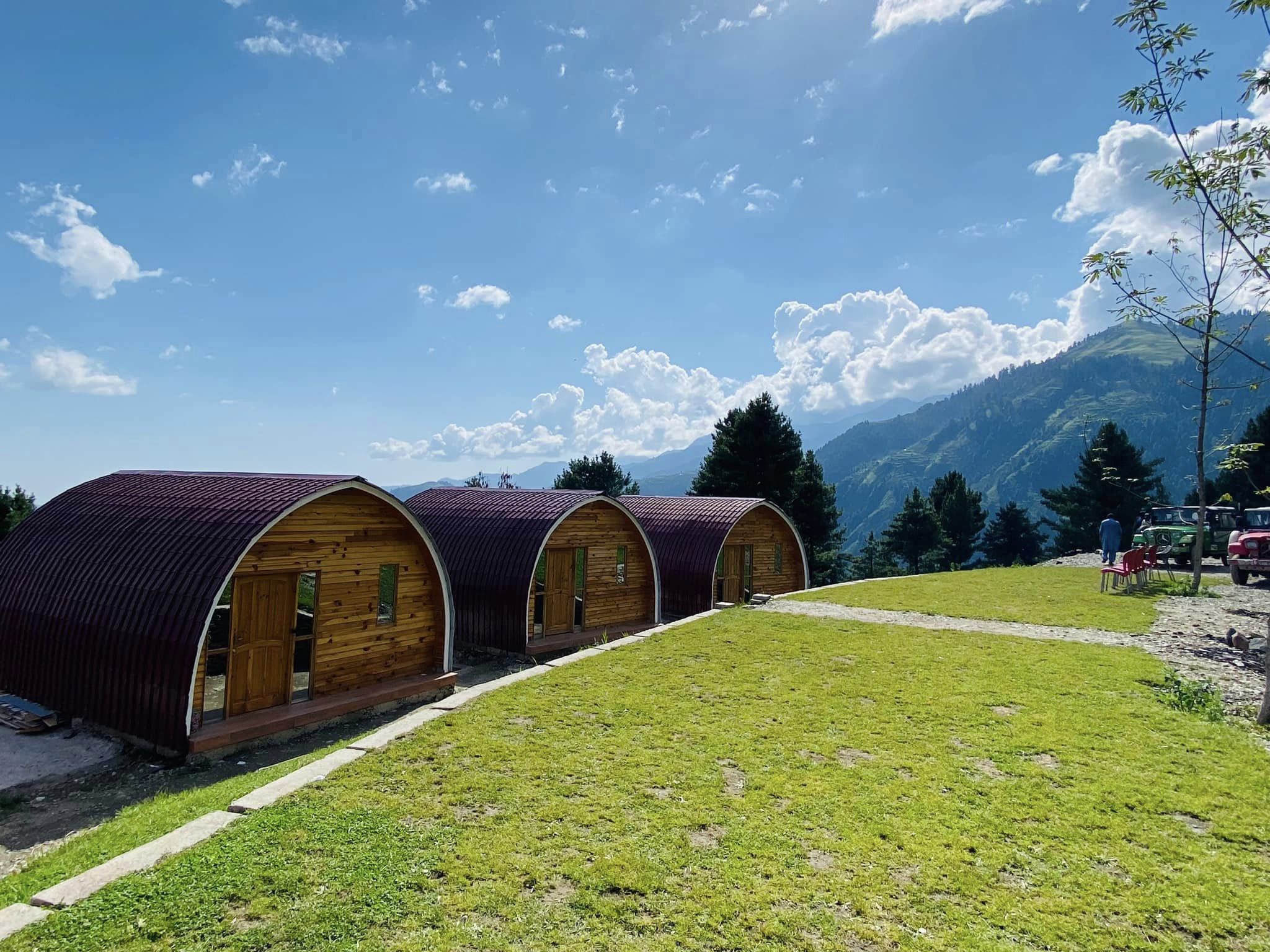
Ali and I quickly surveyed the area. The site offered multiple options: glamping pods with small terraces, designated tent zones, and even huts for those who wanted a sturdier shelter. But for us, pitching our own tents was part of the adventure. There’s something uniquely satisfying about building your little home from scratch in the middle of nowhere.
I unpacked my new MSR Hubba Hubba tent, a lightweight two-person model I had been eager to try. The poles, fabric, and stakes gleamed under the muted sunlight filtering through the canopy. Unpacking it, I explained to Ali, “This one’s supposed to be very resilient against rain and cold. It’s 1.5 kg, so perfect for motorcycle trips.”
Ali’s tent went up smoothly beside mine, his experience evident from past camping trips. Meanwhile, I wrestled slightly with the new tent’s poles and fabric, adjusting the guy lines and stakes until the structure stood firm. The sense of accomplishment was immediate. “All set!” I said, stepping back to admire our little camp amidst towering trees and misty streams.
Organizing Gear
Camping isn’t just about pitching a tent; it’s about creating a functional home in the wild. I carefully arranged my gear inside the tent: waterproof items tucked neatly in one corner, essentials within arm’s reach. My sleeping mat, a small but highly insulated companion I had used for nearly a decade, was inflated with some effort, forming a comfortable base. On top, my sleeping bag, a newer model designed for temperatures down to -10°C, promised a warm, restful night even if the forest turned chilly.
My jacket, always my dual-purpose item, doubled as a pillow. Ali’s setup mirrored mine, with meticulous attention to waterproofing and storage. Outside, the rain began to fall in earnest, drumming softly on the forest floor. The tents, securely pegged and tensioned, remained dry and welcoming.
The Forest as a Neighbor
Even before lying down, the forest revealed its magic. From inside the tent, the sounds of nature surrounded us: the burbling of a nearby water spring, the soft patter of raindrops on leaves, and the distant calls of forest birds. The air smelled of fresh rain-soaked earth, mingled with pine resin.
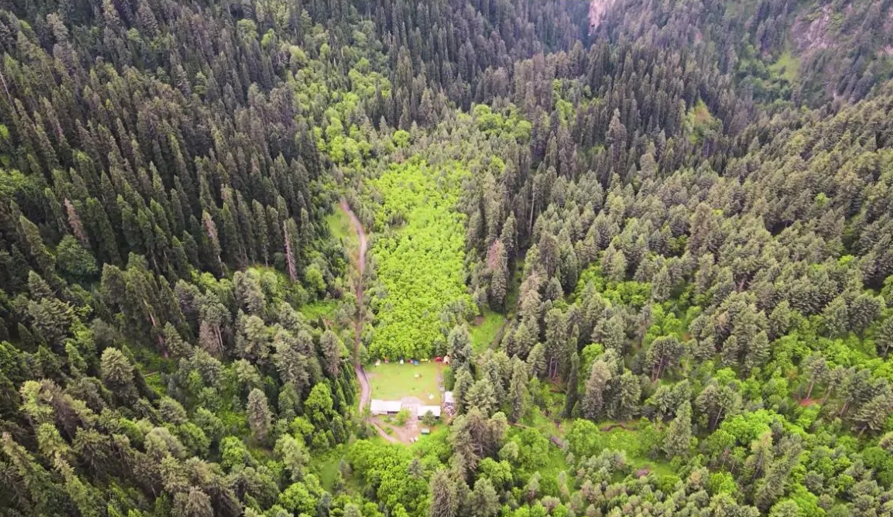
Looking outside briefly through the partially unzipped door, I noticed cows grazing quietly nearby, and local villagers walking along the forest path. It was a living ecosystem, untouched and harmonious, and we were lucky to witness it up close.
“I hope this rain doesn’t turn into a storm,” Ali said, tightening a guy line on his tent. “But even if it does, we’re prepared.”
Preparedness is key when camping in remote locations. Each item, from waterproof bags to insulated sleeping mats, plays a vital role. Tonight, our tents were more than shelters—they were our fortress against the elements, our home in the heart of Sharam Forest.
Settling In
Once our tents were secure and our gear organized, it was time to settle in. The light was fading fast, and the forest, bathed in the soft glow of twilight, became almost mystical. We lit small lanterns inside our tents, casting a warm, cozy glow on the walls of fabric.
Meals in such settings take on a different flavor. Daal mash with hot roti became a feast against this backdrop of nature. Every bite was enhanced by the sound of flowing water and the fresh scent of pine. At PKR 400 for dinner, the meal was modest in cost but immense in experience.
As darkness enveloped the forest, the generator hummed softly nearby, powering small lights and charging devices. Solar panels, still absorbing the last rays of sun, stood ready to provide energy during the night. Inside my tent, snug in my sleeping bag, I felt an overwhelming sense of contentment—the long ride, the off-road challenges, and the sweat and effort had all culminated in this moment of serenity.
Even in the rain, even with mud underfoot and the sounds of the forest all around, we were safe, dry, and connected to the simplest joys of life: shelter, warmth, food, and companionship.
The Soundtrack of the Night
Before sleep, I paused to simply listen. The forest had its own rhythm: the trickling springs, raindrops tapping on leaves, the occasional call of a nocturnal bird, and the soft rustle of trees swaying in the wind. It was the perfect lullaby, far more soothing than any melody recorded in a studio.
Ali and I exchanged a brief smile, acknowledging that we were miles from civilization, yet completely at home. Camping is not just about surviving; it’s about immersing oneself in the environment and respecting its rhythm. Tonight, in Sharam Forest, that lesson was clear.
As I zipped up my tent for the night, my mind wandered over the day’s journey—the challenging track, the villages, the springs, and the sheer beauty of the forest. This campsite was more than a stopover; it was a sanctuary, a memory in the making, and the beginning of another chapter in our northern adventure.
First Evening in the Forest
The evening in Sharam Forest was magical. The rain intensified, turning the forest floor into a glistening mosaic of mud and foliage. The sound of the water springs mingled with raindrops on the tent fabric, creating a natural symphony. Locals, cows, and goats moved quietly through the area, while a few other campers and huts dotted the landscape.
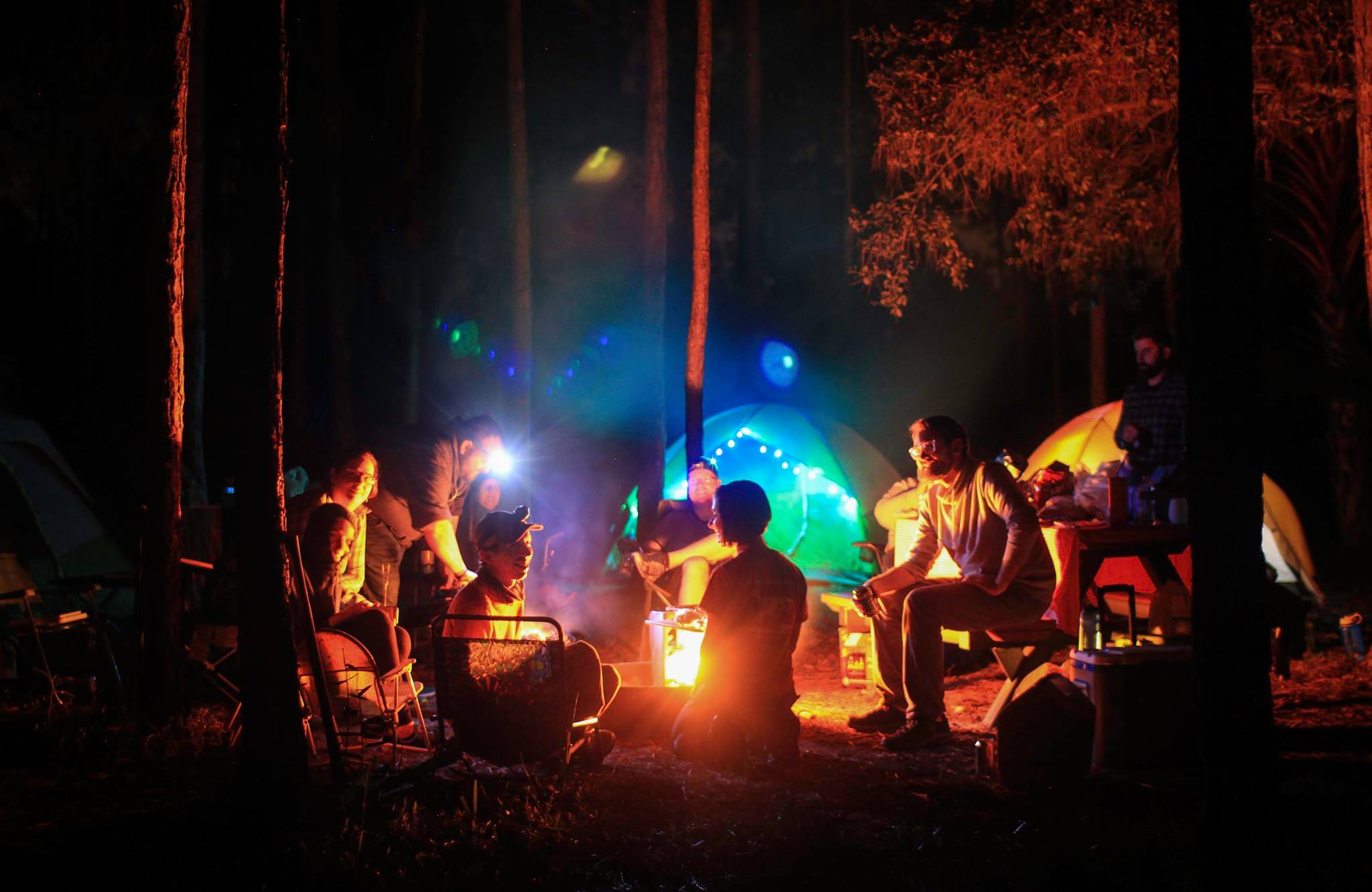
We walked a short distance from the tents to enjoy the scenery. Light began to fade, and shadows stretched across the forest, highlighting the dense greenery and creating a mystical atmosphere. It was peaceful, almost otherworldly. The forest seemed untouched, its trees and undergrowth resilient against the passage of time.
Dinner was simple but satisfying: daal mash with hot roti, eaten under the shelter of our tent. PKR 400 for the meal was negligible compared to the experience—eating in the heart of nature, surrounded by rain, wind, and the aroma of wet pine, made every bite taste extraordinary.
Nightfall and Reflection
As night fell, we turned in for sleep. Lights from a nearby generator provided minimal illumination, with solar panels running quietly in the background. The sounds of the forest became our lullaby, and the rain intensified briefly before tapering off.
Inside the tent, snug in our sleeping bags, I reflected on the journey so far. The challenging ride, the camaraderie, the serene forest, and the simplicity of life here—everything felt like a pause from the modern world. In these moments, travel becomes more than moving from place to place; it becomes an experience of life itself.
The night promised rest, and tomorrow, the adventure would continue—exploring further into Sharam Forest, venturing towards Paras, and witnessing the raw, untouched beauty of Pakistan’s northern landscapes.








